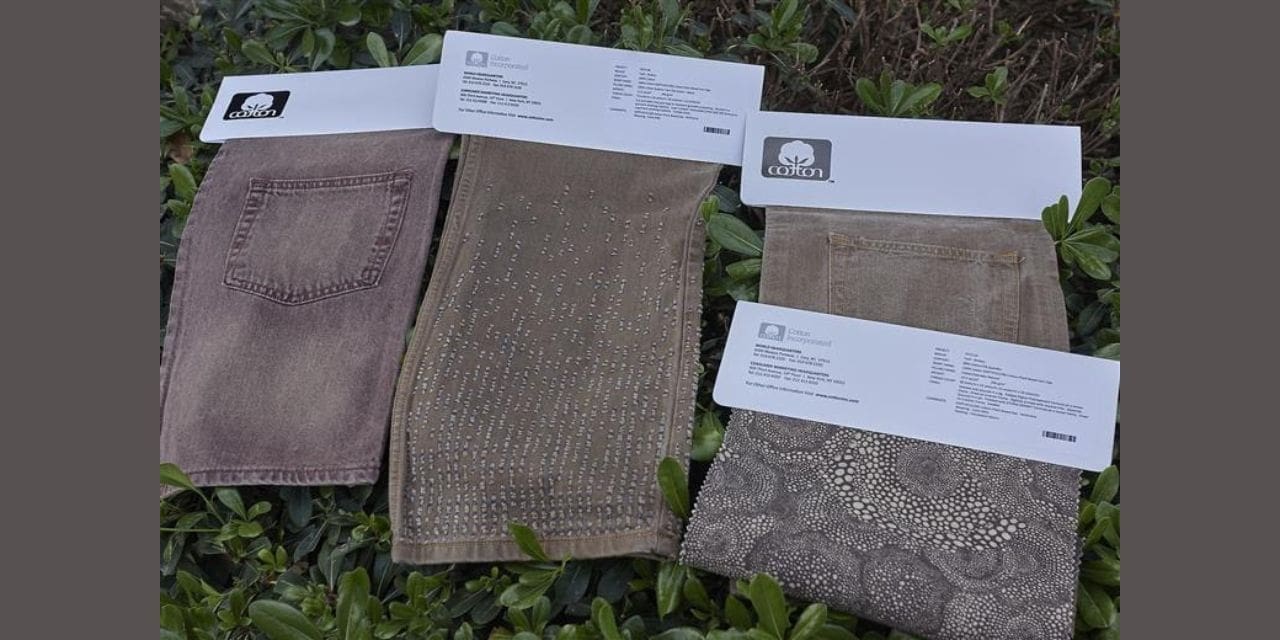To expedite the transition to a more sustainable circular economy, Cotton Incorporated, the cotton research and promotion firm, and Archroma, a global leader in specialty chemicals focusing on sustainable solutions, have extended their eight-year partnership.
When Cotton Incorporated approached Archroma in 2016 with the intention of creating a dyestuff from the leftovers of cotton production, the two organizations got to work together.
The United States, the third-largest cotton grower and exporter in the world, provides cottonseed for food and animal feed as well as sustainable cotton fiber for the textile and garment industries. Byproducts from cotton cultivation and processing, such as burs, stems, and leaves, are also produced. These materials are utilized to make products for packaging, erosion control, insulation, and other purposes.
The Archroma research team was able to use cotton from goods in the American supply chain to develop DIRESUL® Earth-Cotton by applying its patented EarthColors® process, building on a century-long legacy of sulfur dye invention. Using cotton to make both fabric and dye, Earth-Cotton is an alternative to traditional oil-based dyes that enables manufacturers to offer textile items in warm natural tones.
Almost every part of the naturally occurring and adaptable cotton plant is used, including the hull, seed, and fiber. The tenacious cotton plant and its soft, long-lasting fiber are perfect for a circular economy since they may be recycled and reused multiple times before being replenished by the soil. Cotton Incorporated is dedicated to collaborating with creative leaders such as Archroma in order to consistently discover novel approaches for promoting circularity and growing initiatives that use cotton.
“The creation of DIRESUL® Earth-Cotton is an exemplary case of innovation that ignites sustainability and provides benefits to all parties involved in the textile industry, including cotton growers, textile mills, brands, retailers, and end users.

